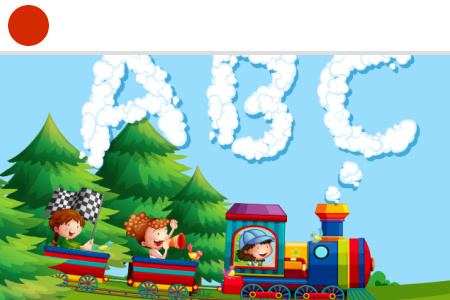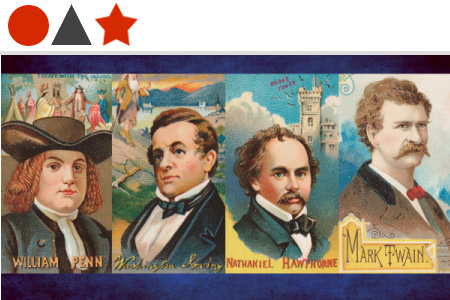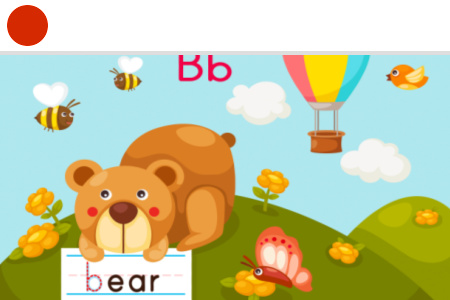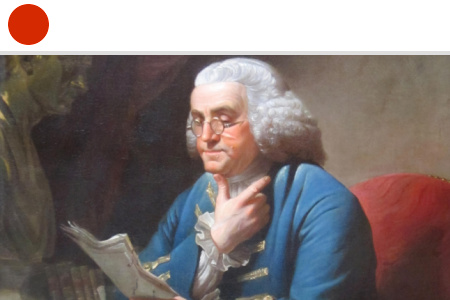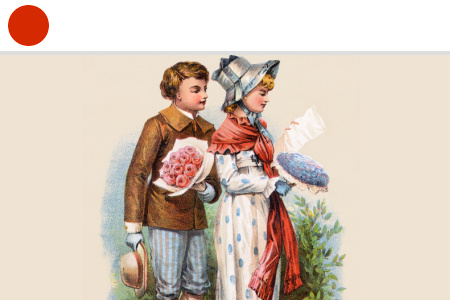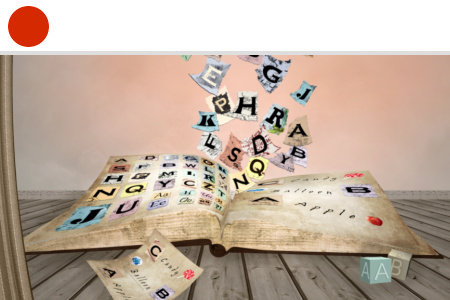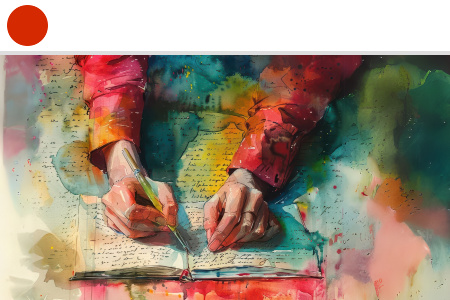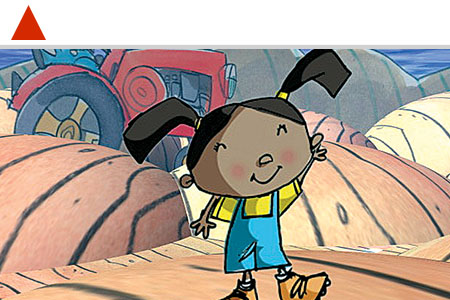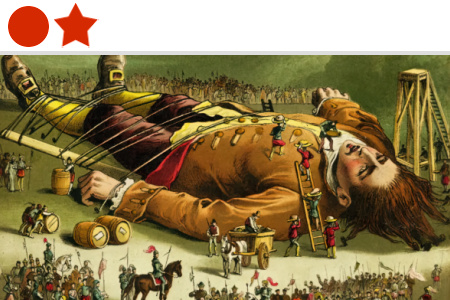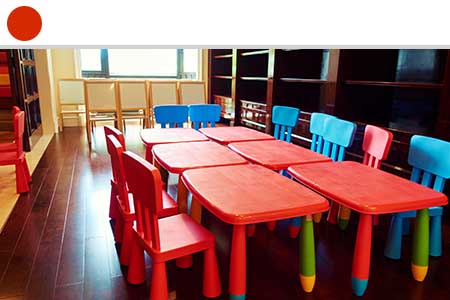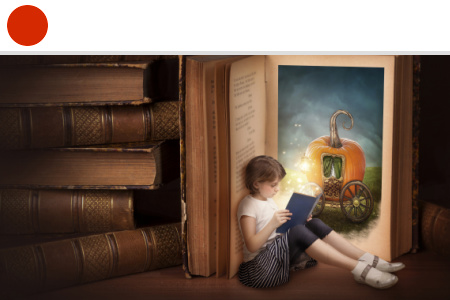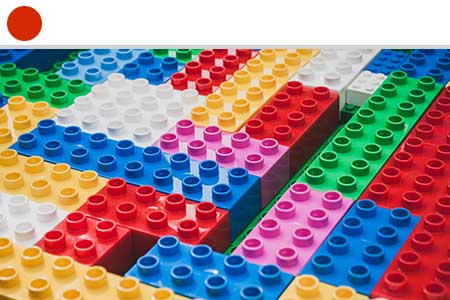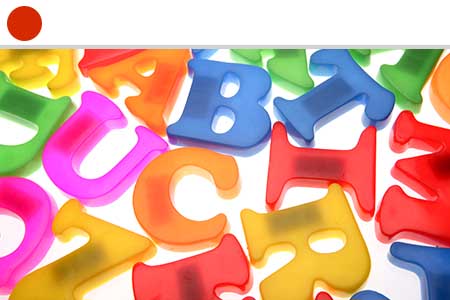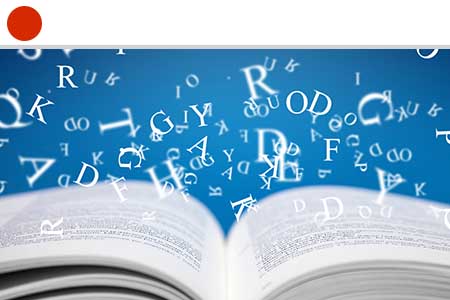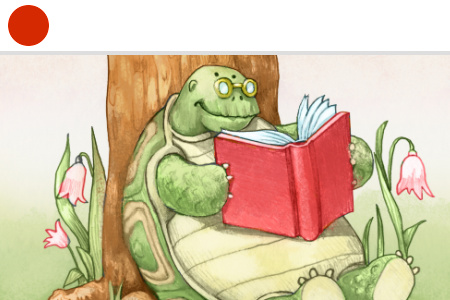More About Our Writing with Janice Campbell Homeschool Language Arts Curriculum
Homeschool writing language arts lessons help students gain a greater appreciation for classical literature through such works as “Paul Revere’s Ride,” “A Leak in the Dike,” and others. Homeschool elementary through high school students learn to recognize excellent writing and understand various literary terms and techniques. An expanded vocabulary naturally flows from exposure to classical pieces, and students regularly use reference tools, such as the dictionary, that enable them to create and evaluate their own works. The components of this homeschool language arts course are as follows:
Writer’s Toolbox
Each recommended activity helps the homeschool student develop different skills, and each is important in creating a mental toolbox of knowledge, skills, and techniques that develop better thinkers and writers.
Deep Reading: Poems or other short pieces of literature are absorbed by reading deeply. Before spending four weeks thinking and writing about a work, it’s important to fully understand it, and deep reading is the first step in understanding. All of the reading selections needed are included in the course lessons.
Janice Campbell’s method of deep reading has three steps:
- Read it at a normal pace in order to get acquainted with the piece as a whole.
- Read it again slowly, with a pencil in hand. Underline words to look up and draw a vertical line next to lines that seem to be key turning points or just something important to remember.
- Read it aloud, using proper diction and inflection that help to convey the meaning of the piece. If working with a scene from a play or a speech, dramatize it. Try to speak it as the character or original speaker might be expected to present it.
Copying: Writing is an art, just like painting or composition. To become an amazing writer, a student needs to be deeply acquainted with amazing writing. Copying not only acquaints one with master craftsmen, but it also allows the student to absorb an excellent work and to closely observe how a great writer has used tools such as alliteration, onomatopoeia, or metaphor, and how word choice and sentence structure work together to create a beautiful or persuasive or powerful piece of writing.
When instructed to copy as part of a lesson, the student should never use a computer to copy and paste the document. That completely short-circuits the lesson and bypasses the necessary focus. Studies in biology and psychology have proven that the physical act of putting words on paper helps the brain sort, categorize, and focus on the details of what is written. A person simply learns more when engaging both brain and muscles to interact with a text.
The key to using copywork effectively is to copy, then move into analysis or creative work based on the work being studied (creative pieces based upon another work are usually called “derivative works”). For Classics-Based Writing, the homeschool student usually goes on to analyze the structure and details of the piece, then transform it in some way, and finally create a derivative work. The skills learned by going through this process help students in all the writing they do in the future and provide them with the tools to move even further into completely original creative work.
Transformation: If the homeschool teen is going to be writing through high school and all that comes after, it’s important not to be limited in the skills, tools, and techniques available for use. The more a student uses words, structures, literary techniques, and other building blocks of writing, the more fun they can have with communication, and the more competent their writing will become.
Transforming a single piece of writing can be fun, and it’s definitely a way to build word-crafting skills. Like the super-chef who figures out eighteen ways to use the Thanksgiving turkey leftovers, homeschool teens are challenged to find creative ways to make a story fresh and interesting, even when it’s completely familiar. Enjoy the process!
Janice Campbell








